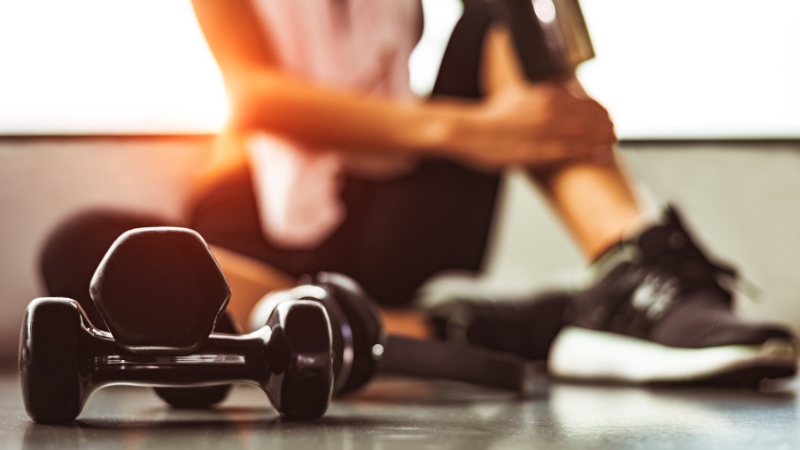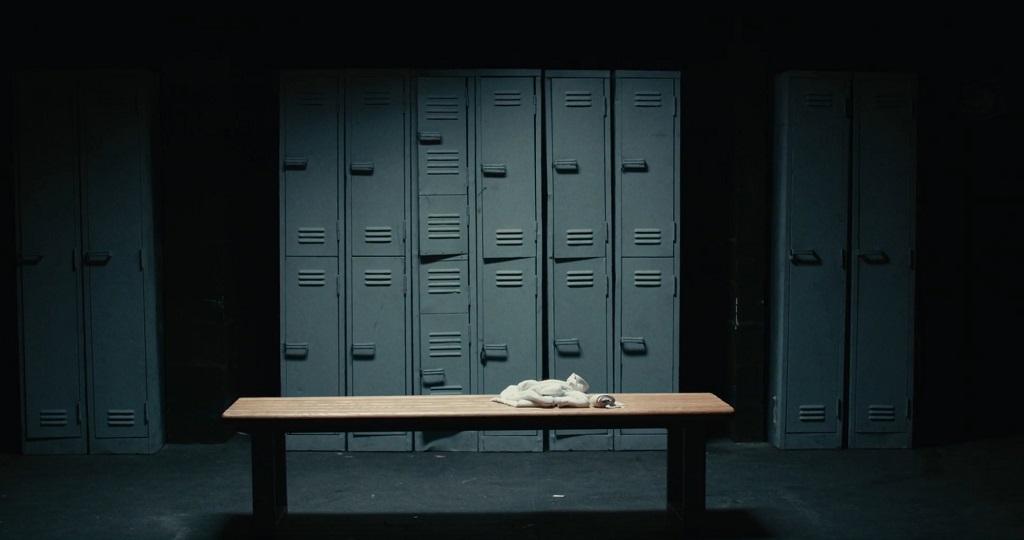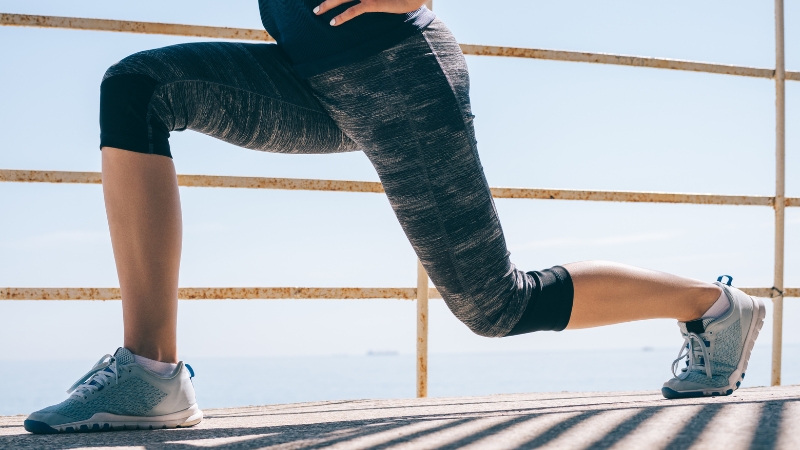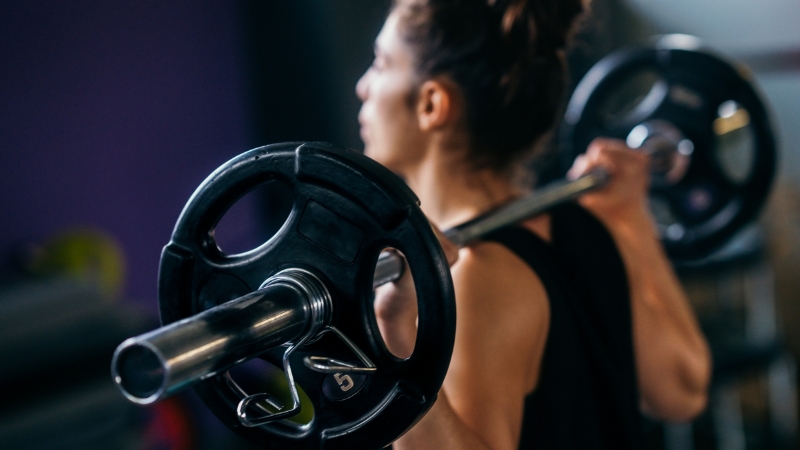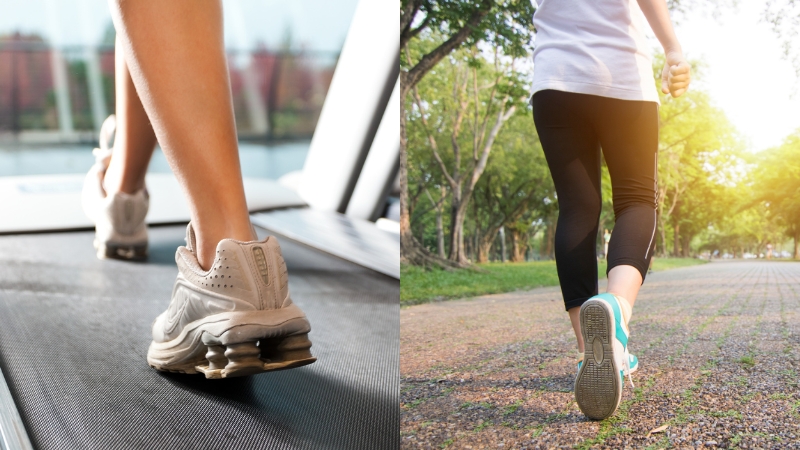
Share Post:
Whether you should do cardio before or after weight training depends on your primary fitness goal. If your main goal is strength or muscle growth, it’s generally better to do weight training first to preserve energy and avoid performance fatigue.
If your main goal is endurance or cardiovascular performance, cardio should come first so your aerobic system is fresh.
Research from the Journal of Strength and Conditioning Research (2018) found that doing cardio before resistance training can reduce muscular power output by 9–14% in the same workout, especially for compound lifts like squats and deadlifts.
On the other hand, studies in Applied Physiology, Nutrition, and Metabolism show that athletes prioritizing endurance training improve VO₂ max more effectively when cardio is placed at the beginning of the session.
In short:
Table of Contents
ToggleHow Cardio Before Weights Affects Performance
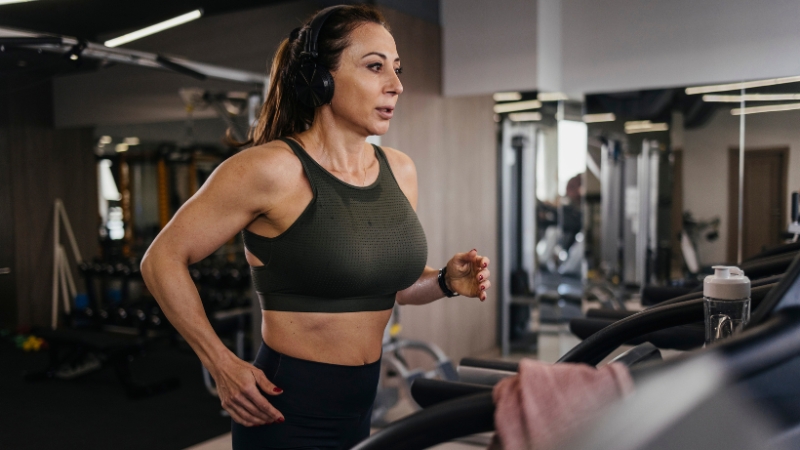
Performing cardio before resistance training can reduce available glycogen stores, which are the body’s main energy source for intense lifting. Glycogen depletion can lead to muscle fatigue, reduced rep capacity, and slower progression in strength gains.
A meta-analysis published in Sports Medicine (2017) highlighted the “interference effect,” where concurrent endurance and strength training in the same session can reduce strength development, particularly when high-intensity cardio precedes lifting. This effect is stronger for lower-body strength when cardio is running or cycling.
Impact of Cardio First
Impact Area
Effect
Strength Output
Decrease of ~9–14% in max effort lifts
Muscle Fatigue
Increases earlier in the workout
Injury Risk
Slightly higher if the form breaks from fatigue
Endurance Gains
Maintained or improved
Fat Loss
Comparable over time if calorie deficit is controlled
How Weights Before Cardio Affects Performance
Starting with resistance training allows you to lift heavier, maintain better form, and recruit more muscle fibers. This can lead to greater neuromuscular adaptations and strength improvements.
However, if cardio is done after an intense weight session, endurance performance in that same session might be lower. For casual exercisers, the difference is minor; for competitive endurance athletes, it can affect training quality.
Impact of Weights First
Impact Area
Effect
Strength Output
Preserved or maximized
Muscle Growth
Optimized due to higher training intensity
Endurance Gains
Slightly reduced in the same session, but can be offset by separate cardio sessions
Fat Loss
Effective when combined with proper nutrition
Recovery Demand
Higher total fatigue at session end
The “Separate Sessions” Strategy
For those with both strength and cardio goals, one of the most effective strategies is separating cardio and weight training into different sessions – either on separate days or with several hours between them.
- Morning weights, evening cardio (or vice versa) allows each workout to be performed with maximum effort.
- This approach is supported by findings in the European Journal of Applied Physiology (2019), showing reduced interference when training modes are separated by at least 6 hours.
Cardio Type Matters
The type and intensity of cardio also affect how it interacts with weight training:
Cardio Type
Effect on Strength Session if Done First
Low-intensity steady state (LISS)
Minimal impact on lifting performance
Moderate-intensity steady state (MISS)
Moderate impact on lower-body strength
High-intensity interval training (HIIT)
Significant fatigue and performance drop
Skill-based cardio (e.g., rowing technique)
Minimal impact if light; high if intense
Choosing the right type of cardio is just as important as deciding on its order in your training session. Low-intensity steady state (LISS), such as walking or light cycling, is the least disruptive to strength performance because it uses primarily fat as a fuel source and doesn’t deplete glycogen stores significantly.
This makes it a safe option for warm-ups or post-lifting cooldowns.
Moderate-intensity steady state (MISS) – like sustained jogging or moderate-paced rowing – has a greater cardiovascular benefit but can cause mild leg fatigue, which may reduce squat or deadlift performance if done first. For those prioritizing lower-body strength, MISS is often better placed after weight training or on a separate day.
High-intensity interval training (HIIT) is the most demanding form, recruiting the same fast-twitch muscle fibers needed for heavy lifting. If performed before weights, it can drastically lower power output and compromise form, increasing the risk of injury. HIIT is best reserved for separate sessions or after lifting if strength is the main focus.
Skill-based cardio – such as rowing technique drills or agility ladder work – can be beneficial when done lightly as a warm-up because it improves coordination and movement efficiency. However, when done at high intensity, it can be just as fatiguing as HIIT, so its placement should be carefully considered.
The bottom line: the higher the cardio intensity, the more it impacts strength performance if done first. Athletes and recreational lifters should align cardio type and timing with their specific training goals to avoid undermining progress.
Practical Recommendations
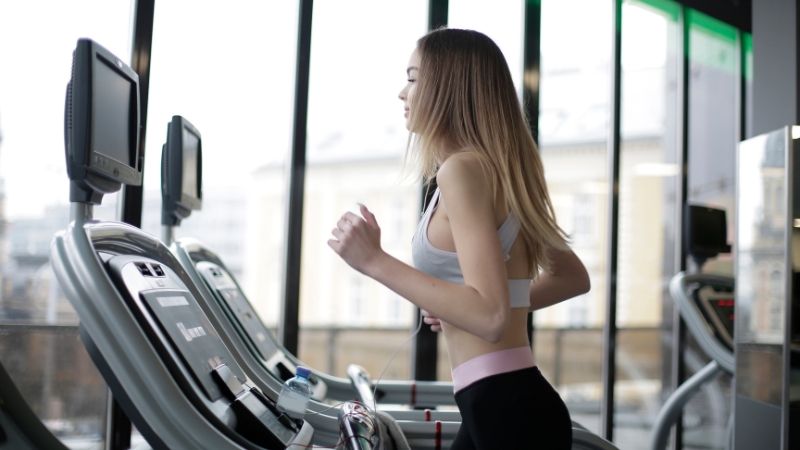
If strength or hypertrophy is your main focus, start your workout with weight training while your muscles and nervous system are fresh. This allows you to lift heavier loads with proper form, which is essential for muscle growth and strength gains.
Cardio can still be included afterward, but keep it low to moderate intensity – for example, brisk walking, light cycling, or moderate rowing – so it doesn’t interfere with recovery or overload the legs after heavy lifting.
If your priority is endurance training, such as preparing for a race or improving VO₂ max, place cardio first in your session. Doing it early ensures your aerobic system gets the highest-quality effort before fatigue from lifting sets in.
This is especially important for athletes following sport-specific programs – runners benefit from running first, cyclists from cycling first – because technique and efficiency decline when muscles are pre-fatigued.
For fat loss, the sequence of cardio and weights matters less than overall energy expenditure and calorie balance. Whether cardio comes before or after lifting, consistent training paired with a suitable diet will drive results.
Some people prefer cardio first for a mental warm-up, while others save it for the end as a calorie “finisher.” The key is consistency and avoiding overtraining.
When both goals are equally important, consider separating cardio and strength into different sessions – either on separate days or spaced several hours apart. If that’s not possible, alternate which comes first depending on the day’s emphasis.
For example, on “strength days,” start with weights; on “endurance days,” start with cardio. This balanced approach reduces the interference effect and allows steady progress in both areas.
Bottom Line
@wilsoncoaching Cardio before or after weights? @gymshark c0d3 “SHIV10” 🦈 #wilsoncoaching #gymtok #gymtiktok #fitness #gym ♬ original sound – Shiv Wilson
There is no universal “right” order for everyone – it depends on your primary training goal. If building muscle and strength is your top priority, start with weights to ensure maximum output. If cardiovascular fitness is your goal, start with cardio to train that system when fresh.
And if you want both equally, split sessions or alternate focus to minimize the interference effect.
The key is to structure workouts so that the activity most aligned with your main goal comes first, while managing intensity and recovery to support progress in both areas.
Related Posts:
- 5 Things to Do After You Hit Your Weight Loss Goal
- Cardio vs. Strength Training for Aging Bodies -…
- 8 Early Morning Workout Spots That Open Before 6 AM in NYC
- 4 Best Ways to Treat Shin Splints Before They Turn…
- Best 8 Muscle Relief Methods After High-Intensity Training
- Should You Work Out While Pregnant? Here’s What Experts Say



